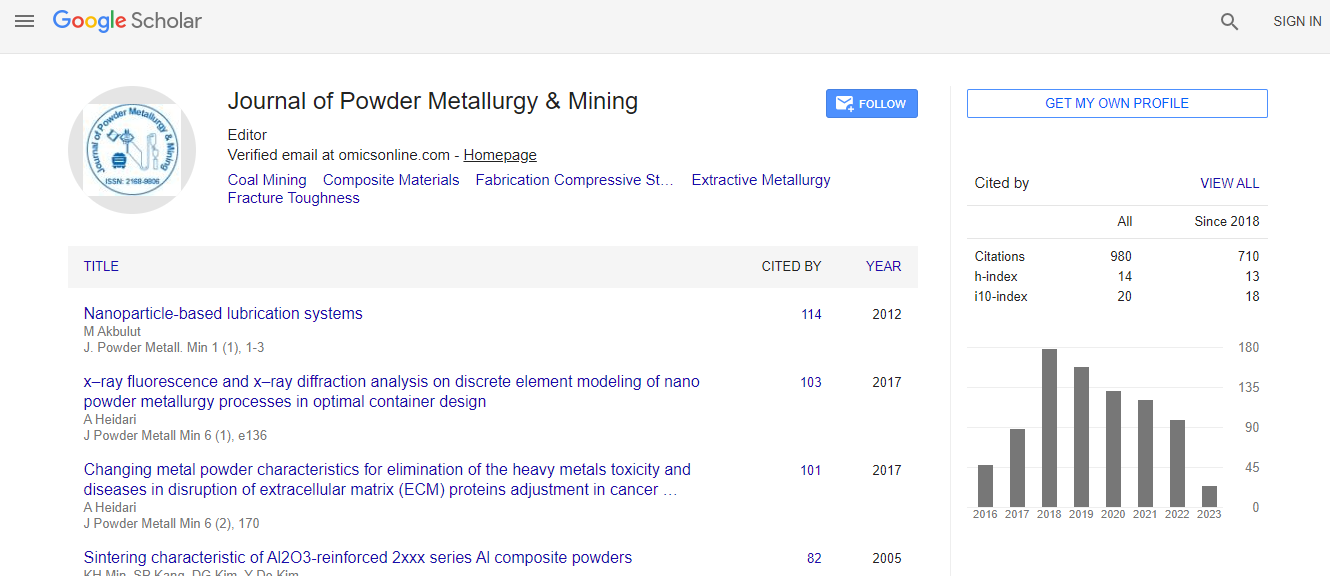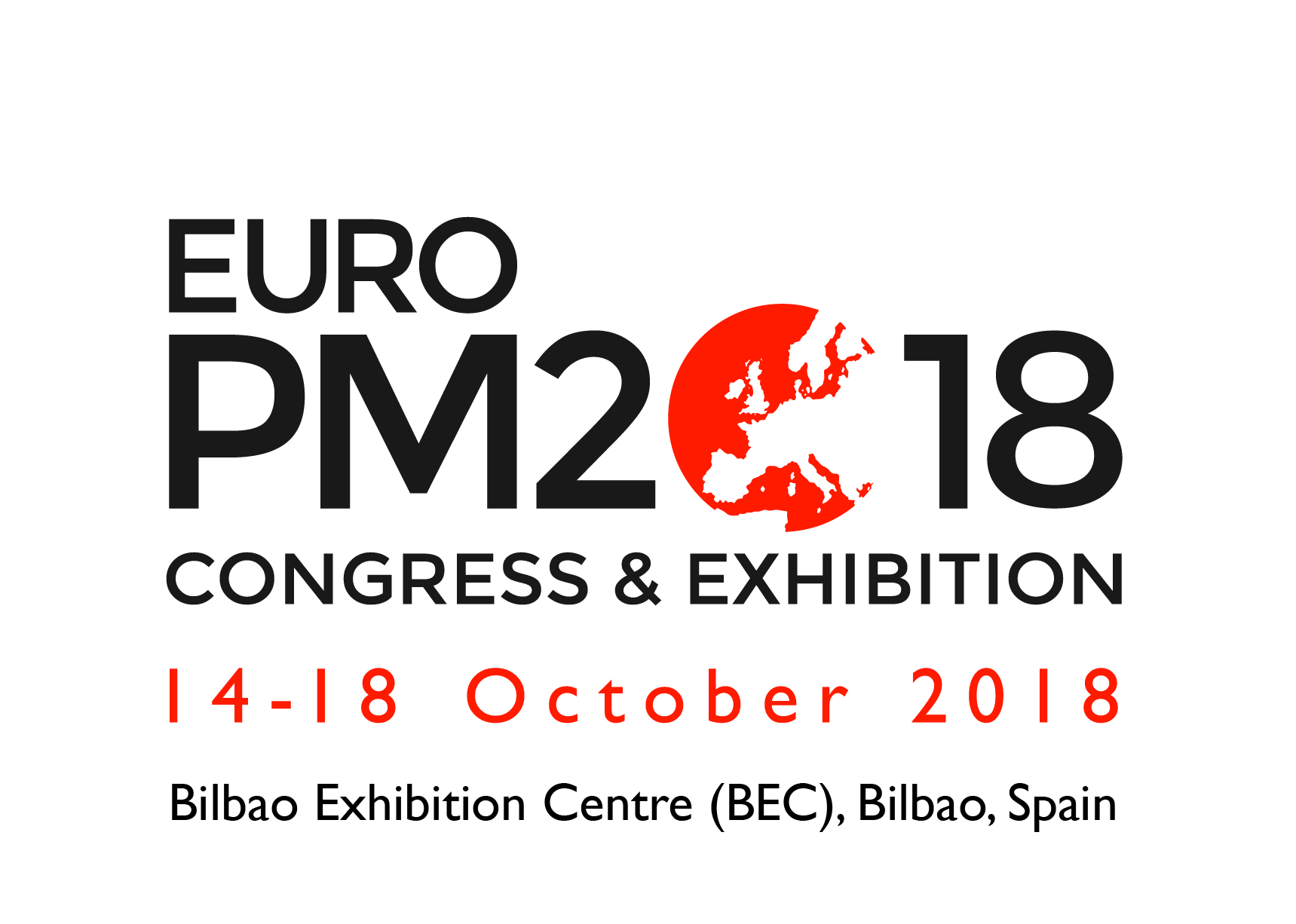Research Article
Corrosion Protection of Transport Vehicles by Nanocoating of Decahydrobenzo[8]annulene-5,10-dihyrazone in Corrosive Environments and Weather Change
Singh RK*
Department of Chemistry, Jagdam College, Jai Prakash University, Chapra-841301, Bihar, India
- *Corresponding Author:
- Singh RK
Department of Chemistry, Jagdam College
Jai Prakash University, Chapra-841301, India
Tel: 06152 232407
E-mail: rks_jpujc@yahoo.co.in
Received date: January 23, 2017; Accepted date: January 26, 2017; Published date: February 01, 2017
Citation: Singh RK (2017) Corrosion Protection of Transport Vehicles by Nanocoating of Decahydrobenzo[8]annulene-5,10-dihyrazone in Corrosive Environments and Weather Change. J Powder Metall Min 6:152. doi:10.4172/2168-9806.1000152
Copyright: © 2017 Singh RK. This is an open-access article distributed under the terms of the Creative Commons Attribution License, which permits unrestricted use, distribution, and reproduction in any medium, provided the original author and source are credited.
Abstract
Transport industries use epoxy-coating for corrosion protection of stainless steel but this coating cannot provide protection in long duration in H2O, O2 (moist), CO2 and SO2 environment and weather change. Pollutants can create acidic medium for epoxy-coated stainless steel. These corrosive agents penetrate epoxy-coating by osmosis or diffusion process produce and produce chemical and corrosion reactions with base metal. These reactions enhance internal and external corrosion and accelerate internal disbonding in epoxy-coating and disintegrate base metal. This coating does not protect themselves and base metal. These pollutants and weather change elevate galvanic, pitting, stress, crevice, intergranular, blistering and embrittlemint corrosion whereas epoxy polymer exhibits swelling and dissolving corrosion. Pollutants and weather change can alter their physical, chemical and mechanical properties and tarnish their facial appearance. They can also change morphology epoxy-coated stainless steel. Corrosion mitigation of epoxy-coated stainless steel in ambient of H2O, O2(moist), CO2 and SO2 and weather change used Nano coating and filler technology. For this work decahydrobenzo[8]annulene-5,10-dihydrazone and SiC used as Nano coating and filler materials. Nano coating and filling work were completed by nozzle spray The corrosion rate of epoxy-coated stainless steel coupons was determined at 278, 283, 288, 293 and 2980K temperatures and times mentioned at these temperatures was 24, 48, 72, 96 and 120 h in different weather without coating and with Nano coating of decahydrobenzo[8]annulene-5,10-dihydrazone and SiC filler by help of weight loss experiment. Corrosion potential and corrosion current were determined by potentiostat. Coating efficiency and surface coverage area were calculated by gravimetric methods. The surface composite barrier formation was studied by activation energy, heat of adsorption, free energy, entropy and enthalpy.

 Spanish
Spanish  Chinese
Chinese  Russian
Russian  German
German  French
French  Japanese
Japanese  Portuguese
Portuguese  Hindi
Hindi 

